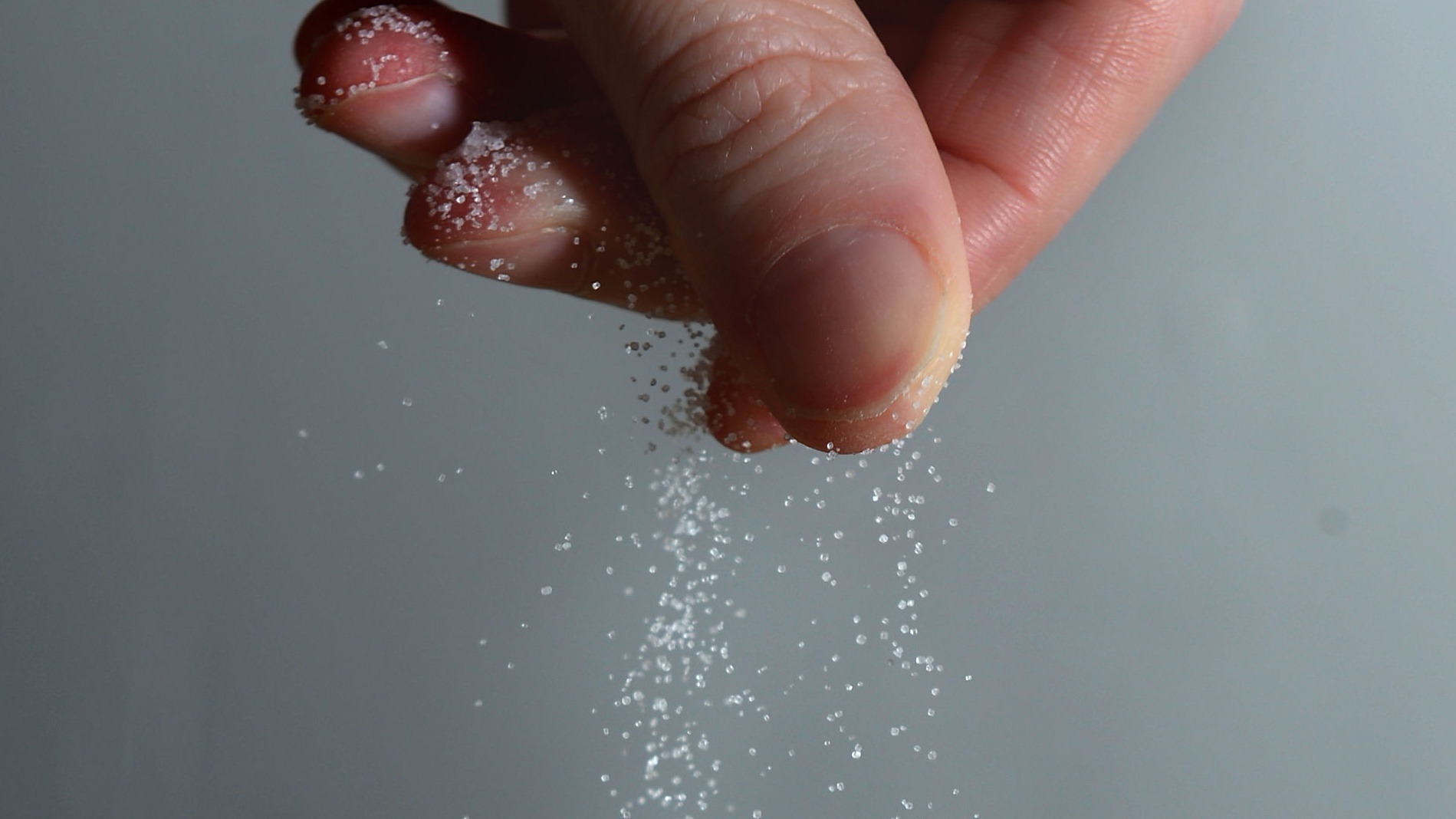
A gene linked to blood pressure helps to regulate the consumption of salt, research has shown.
Removing the gene from the brains of mice caused the animals to develop a strong appetite for salt. Offered the choice of water laced with salt, they drank three times more of it than unmodified mice.
Drinking salty water pushed up the blood pressure of mice missing the gene, scientists found. When the saltwater was removed, their blood pressure returned to normal.
Dr Matthew Bailey, from the University of Edinburgh, who led the research published in the journal Circulation, said: “In the UK we routinely eat much more salt than our bodies need. For most people this is bad for our heart, blood vessels and kidneys.
“Our study shows that we have a genetic drive to consume salty food. Understanding how this process works may help us reduce the amount of salt we eat and make it easier for people to follow low-salt diets.”
In humans, the salt-regulating gene is known to be linked to high blood pressure – but the way this mechanism is controlled is unclear.
The Edinburgh team now plans to investigate whether an affordable drug can help bring salt intake under control in heart failure patients.
Eating less salt is important for people with heart failure. The condition causes the body to hold on to extra salt and water, leading to fluid build-up in body tissues which imposes a greater load on the heart.
READ MORE
Trying to lose weight? Why not try the PIZZA diet
//

Enjoy the convenience of having The Sunday Post delivered as a digital ePaper straight to your smartphone, tablet or computer.
Subscribe for only £5.49 a month and enjoy all the benefits of the printed paper as a digital replica.
Subscribe
